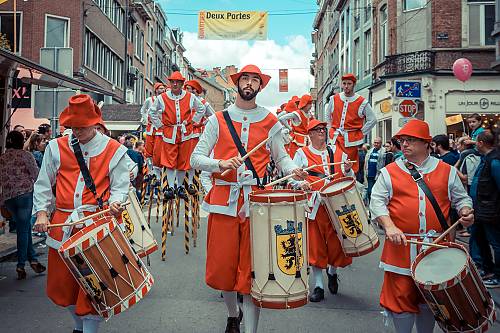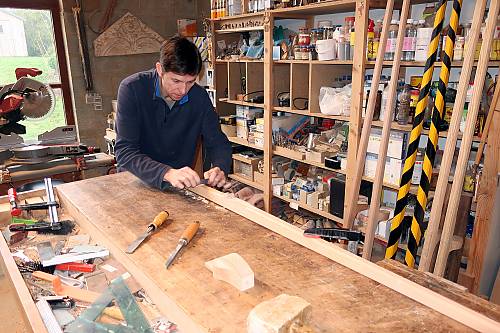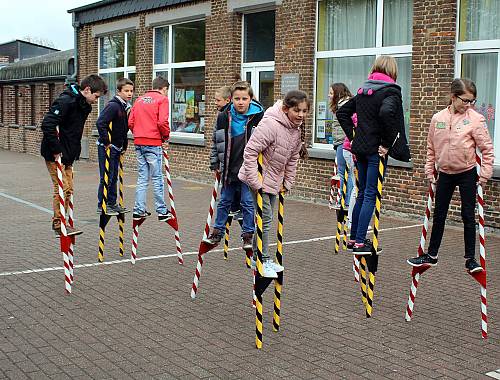Namur stilt jousting
Inscribed in 2021 (16.COM) on the Representative List of the Intangible Cultural Heritage of Humanity
Namur stilt jousting is a tradition dating back to the early fifteenth century. During a stilt joust, participants attempt to knock all the members of the opposing team to the ground. Stilt jousters are grouped into two teams: the Mélans, with yellow and black stilts, representing the old town, and the Avresses, with red and white stilts, representing the new town and neighbouring villages. However, today applicants join a team based on affinity rather than on location. Each stilt joust starts with a procession made up of the two teams, preceded by their flags, drums and fife-player. The drums herald the procession, set the rhythm of the march and energize the joust. Stilt jousts usually take place during festivals in the streets and squares of Namur. Entry is free, and spectators gather around the jousting zone and cheer on their favourite team and jousters. Jousters range from 7 to 70 years old, and although historically all-male, in 2018 the stilt jousting association (called Les Échasseurs Namurois) opened up training to women and girls. Stilt jousting is a strong marker of Namur’s identity and is seen as a factor of cohesion and integration for the inhabitants of the city.










